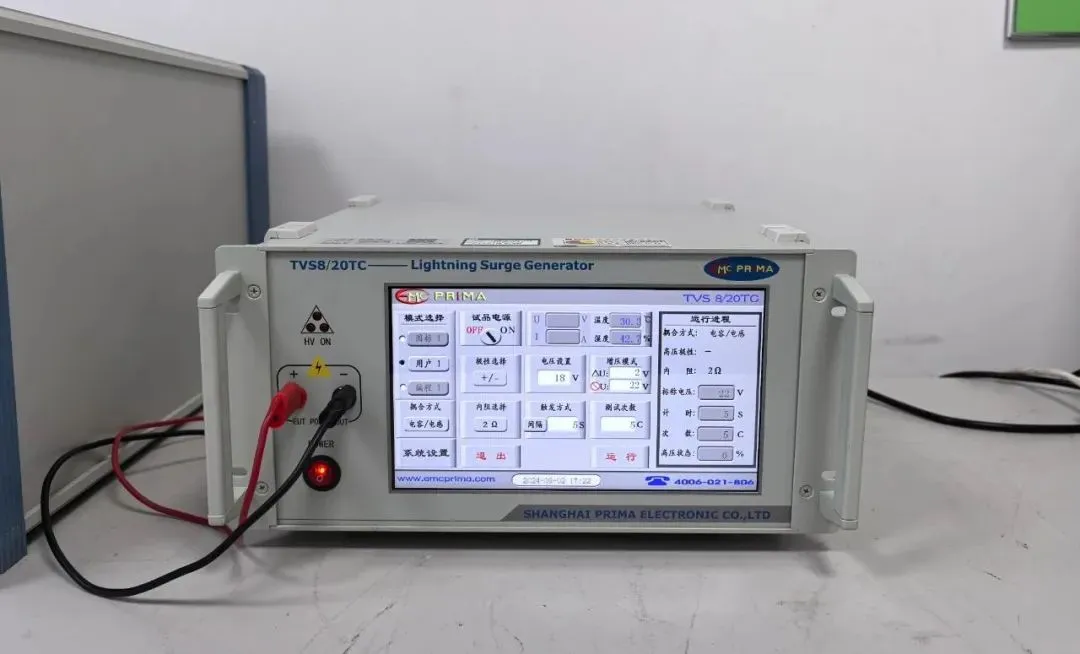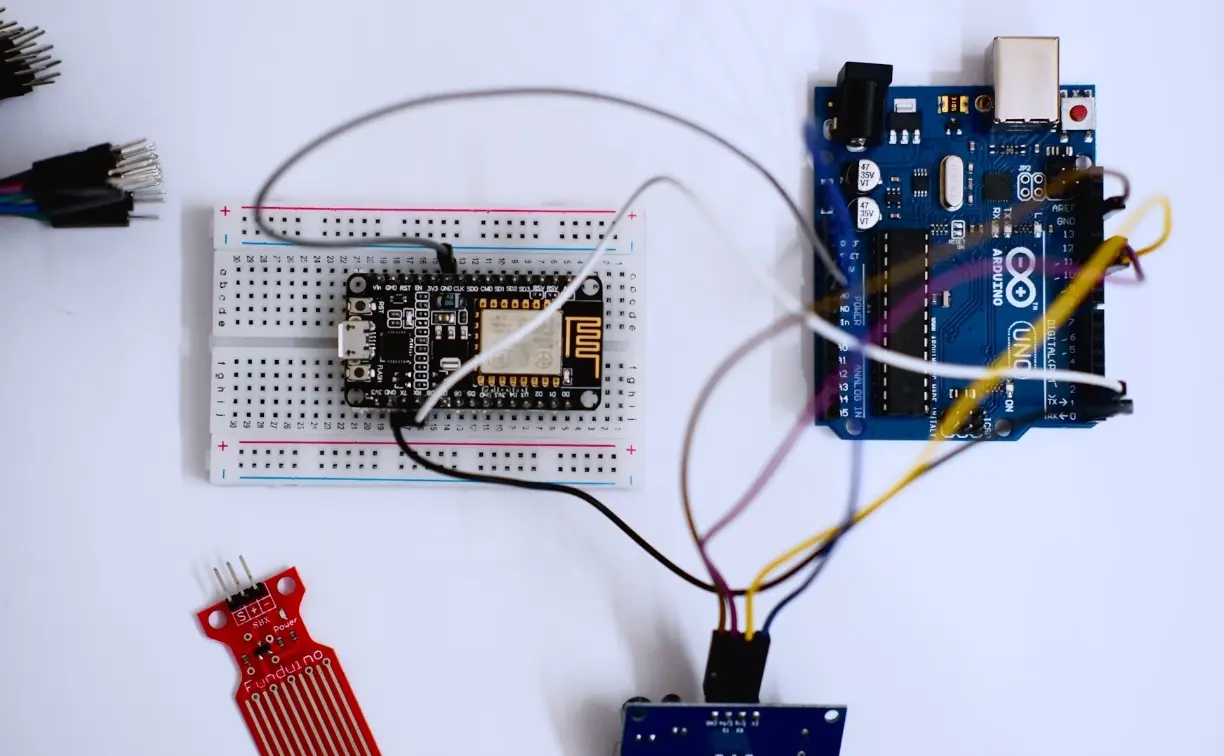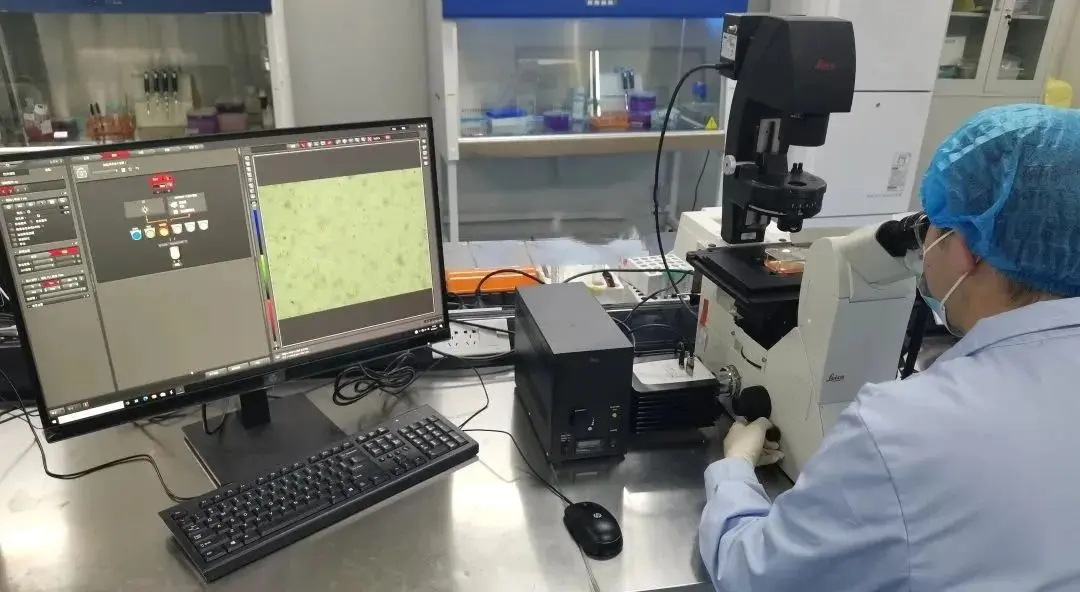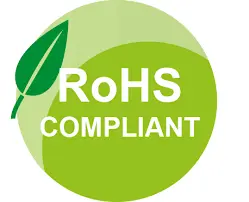
Safety Harness CE Certification – EN 813:2008 Testing
In high-altitude operations, the safety harness is critical personal protective equipment that safeguards workers’ lives. For manufacturers of safety harnesses aiming to enter the European market, CE certification is an essential requirement. As the core basis for CE certification of safety harnesses for work at height, the EN 813:2008 standard comprehensively defines performance, safety, and other product requirements.
Scope of EN 813:2008 Standard
The EN 813:2008 standard applies to safety harnesses designed to prevent workers from falling from heights in workplaces or similar environments. These harnesses are mainly used in scenarios such as construction, electrical maintenance, and ship operations at height. They are notintended for specialized uses such as firefighting rescue or mountaineering.
Performance Requirements of EN 813:2008 Standard
1. Material Requirements:
All materials of the safety harness, including webbing, fasteners, and metal components, must have sufficient strength and durability.
2. Structural Design:
The structure of the safety harness must comply with ergonoMIC principles, ensuring comfort while effectively distributing fall impact forces.
3. Static Load Test:
During static load testing, the harness is subjected to specified tensile forces to assess the strength and deformation of the webbing, fasteners, and other components.
4. Dynamic Load Test:
By simULating a fall scenario, dynamic load testing evaluates the harness’s shock absorption performance and protective effect.
Marking Requirements of EN 813:2008 Standard
1. The safety harness must be clearly and permanently marked with the CE mark, the manufacturer’s name or trademark, product model, production batch, and other relevant information.
2. The product must be accompanied by an instruction manual detailing usage methods, maintenance requirements, scope of application, limitations, and other information to guide users in the correct use and maintenance of the harness.
Certification Requirements for Various Types of Safety Harnesses for Work at Height
Within the EU, based on the risk level of personal protective equipment (PPE), safety harnesses for work at height are classified into three categories, each with different certification requirements:
Category I PPE Safety Harness Certification Requirements
Category I includes low-risk products. The certification process is relatively simple and follows the model of factory self-control + EN standard test report + self-declaration (DOC).
Category II PPE Safety Harness Certification Requirements
Category II products represent medium-risk levels and follow the B + C certification model.
Category III PPE Safety Harness Certification Requirements
Category III products, due to their direct relation to the user’s life safety and highest risk level, require certification models B + C2 or B + D.
Email:hello@jjrlab.com
Write your message here and send it to us
 METI and PSE Certification for Japanese Electrical
METI and PSE Certification for Japanese Electrical
 Electric Frying Pan CE Certificatio
Electric Frying Pan CE Certificatio
 Electronic Products EMC ESD Test
Electronic Products EMC ESD Test
 Bluetooth/WiFi Product FCC ID Certification Proces
Bluetooth/WiFi Product FCC ID Certification Proces
 How to Know If My Product Needs Prop 65 Warning
How to Know If My Product Needs Prop 65 Warning
 SVHC Compliance Services
SVHC Compliance Services
 Toxicological Risk Assessments
Toxicological Risk Assessments
 European REACH Requirements for a New Product
European REACH Requirements for a New Product
Leave us a message
24-hour online customer service at any time to respond, so that you worry!




